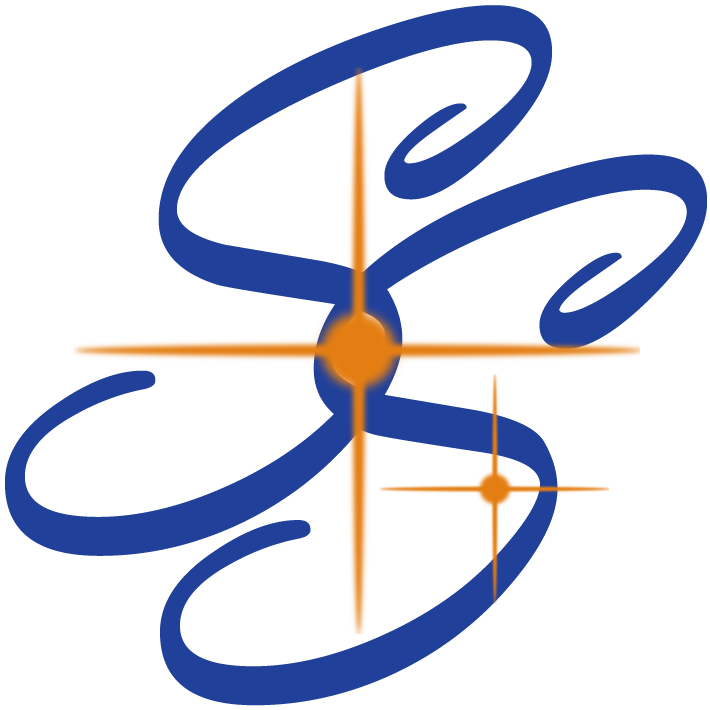Color Palettes

Hubble Palette
No prizes for guessing where this originated! This color palette refers to a color mapping technique made famous by the narrowband images from the Hubble space telescope. With this technique, individual narrowband images from emission nebulas are assigned to a color channel (Red, Green and Blue) so that each color can represent an element. In this case, sulfur [SII] is mapped red, hydrogen (H-alpha) to green, and oxygen [OIII] to blue. The result is a false color image that represents the distribution of each said element in the nebula.
However, there is a lot of “artistic freedom” when it comes to processing such images as the “raw look” that results when applying [SII], H-alpha, and [OIII] to red, green, and blue respectively tends to be unappealing; mostly due to the prominence of H-alpha that makes the image look intensely green! In my case, I like to refine the palette to give [SII] a yellow/gold, H-alpha a red/orange, and [OIII] a cyan/blue.

Bicolor
The basic technique here is similar to the Hubble palette
described above except that only two narrowband images, not three, are used to create a false color image. Most frequently the two channels are hydrogen (H-alpha) and oxygen [OIII] but could be any two. Because a color image must have three channels (RGB), one of the narrowband images is assigned to two channels. Most astrophotographers assign H-alpha to red and [OIII] to green and blue but I prefer to assign H-alpha to red and green and [OIII] to blue. I obtain results I find are more pleasing that way.

LRGB
This is a technique specific to monochrome cameras that utilizes a four-filter approach to producing a true color image by combining a high-quality monochrome image (“L” or luminosity) (taken through a colorless filter) with a color image (RGB) (obtained by combining images taken through a red, green, and blue filter). The result is an image with greater detail and less noise than if only three filters, RGB, were used.

HαRGB
This is my favorite method for creating true color images of emission nebulas. The process is closely related to LRGB (see above) but the key difference is that a H-alpha image is used for luminosity and RGB for color. The result is a true color image but with the superior details and contrast of narrowband.
